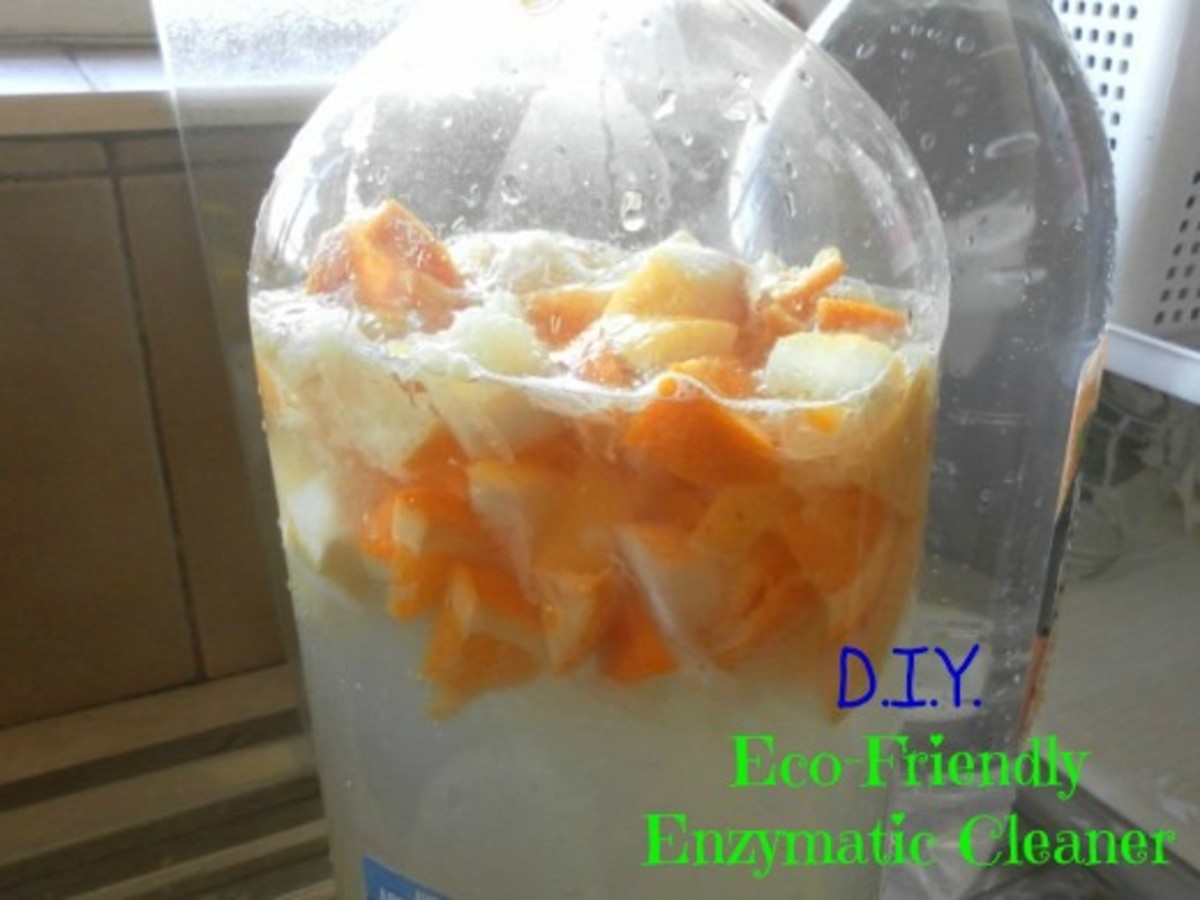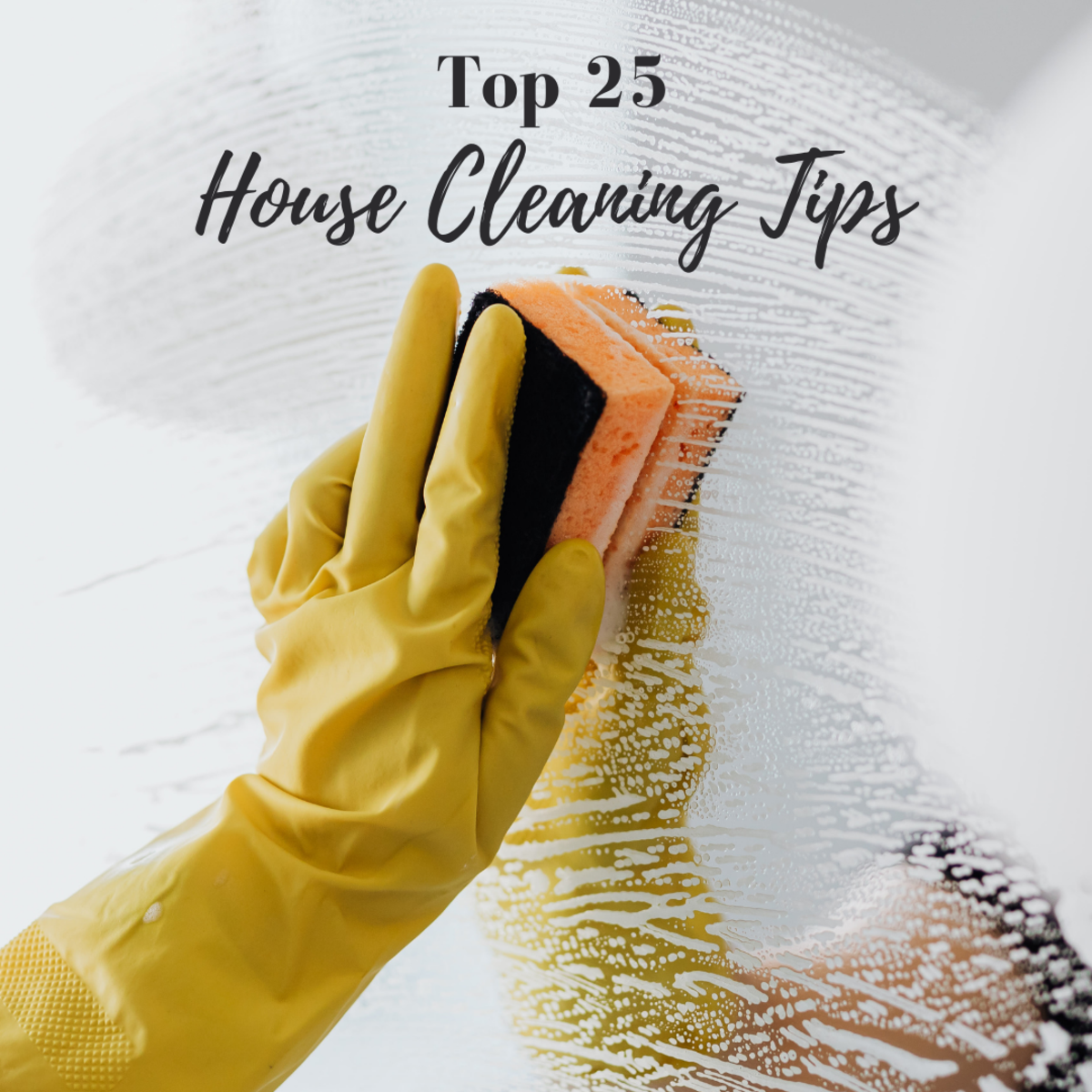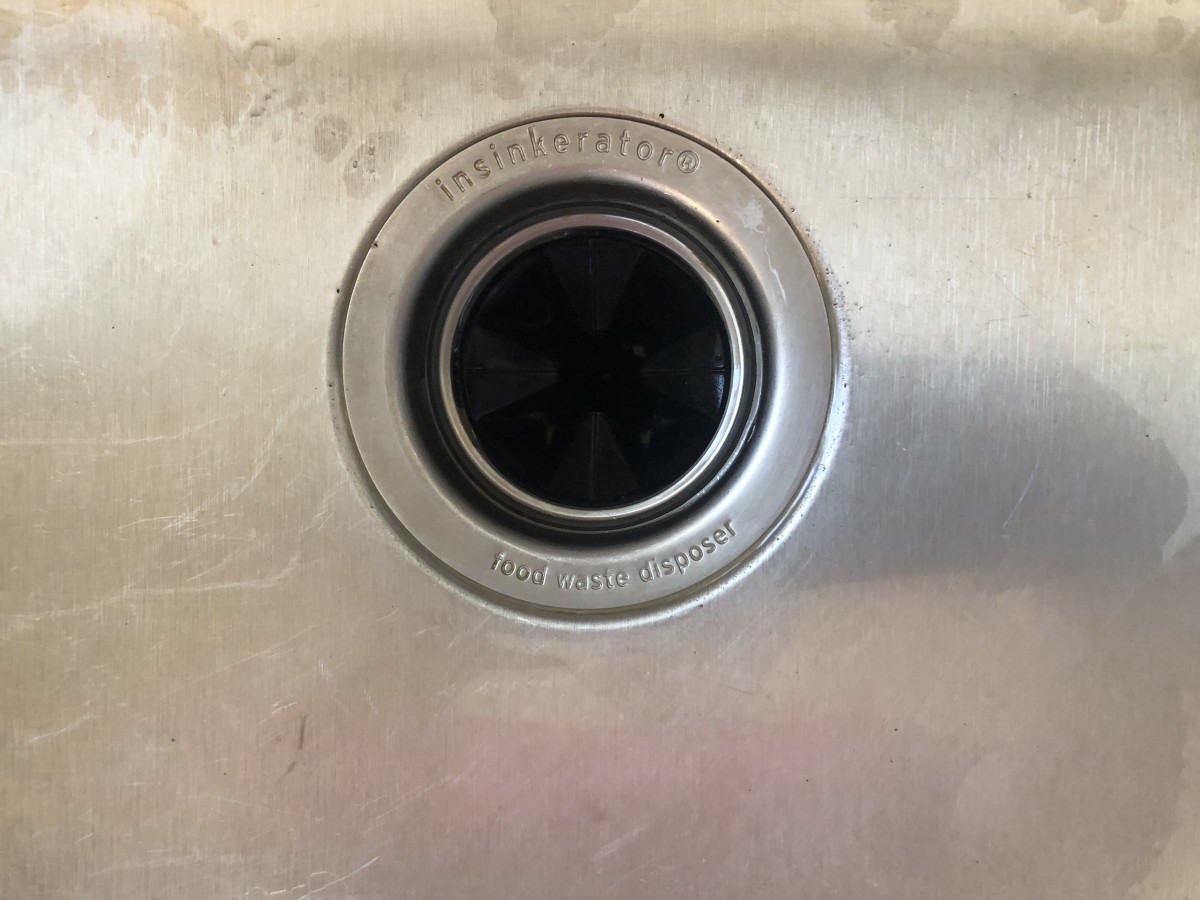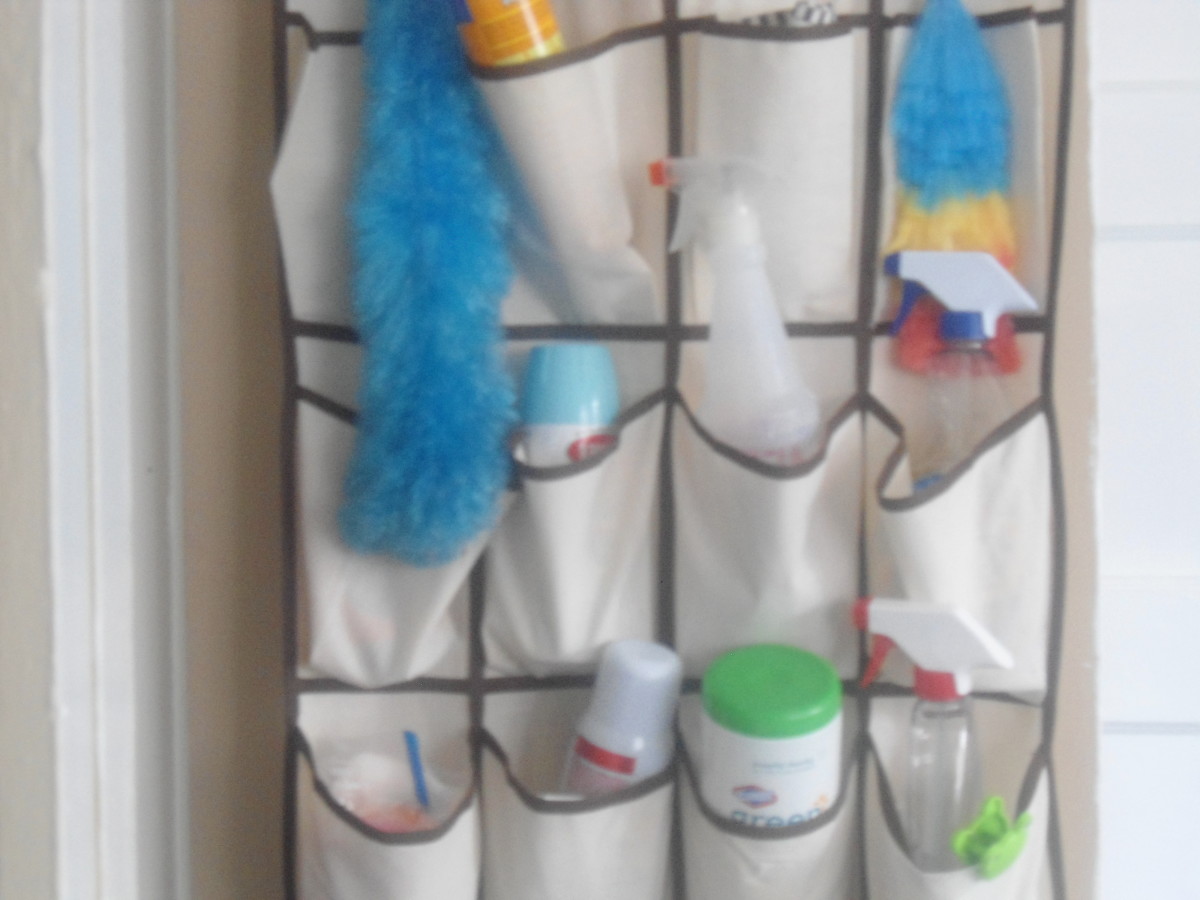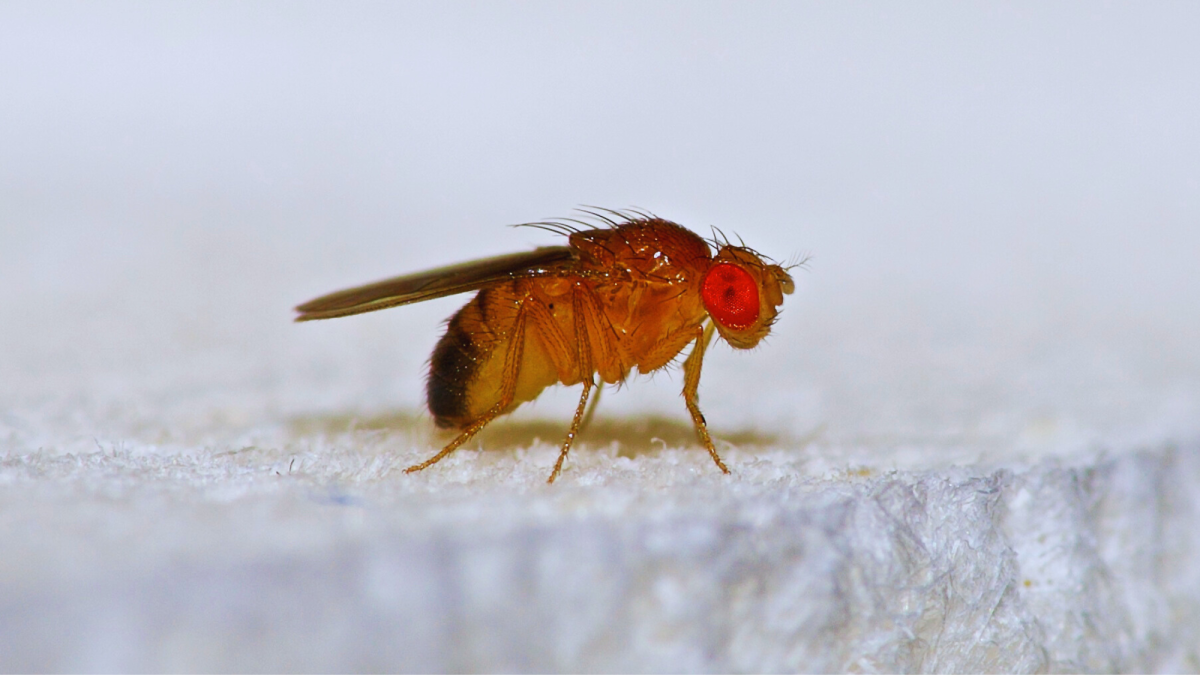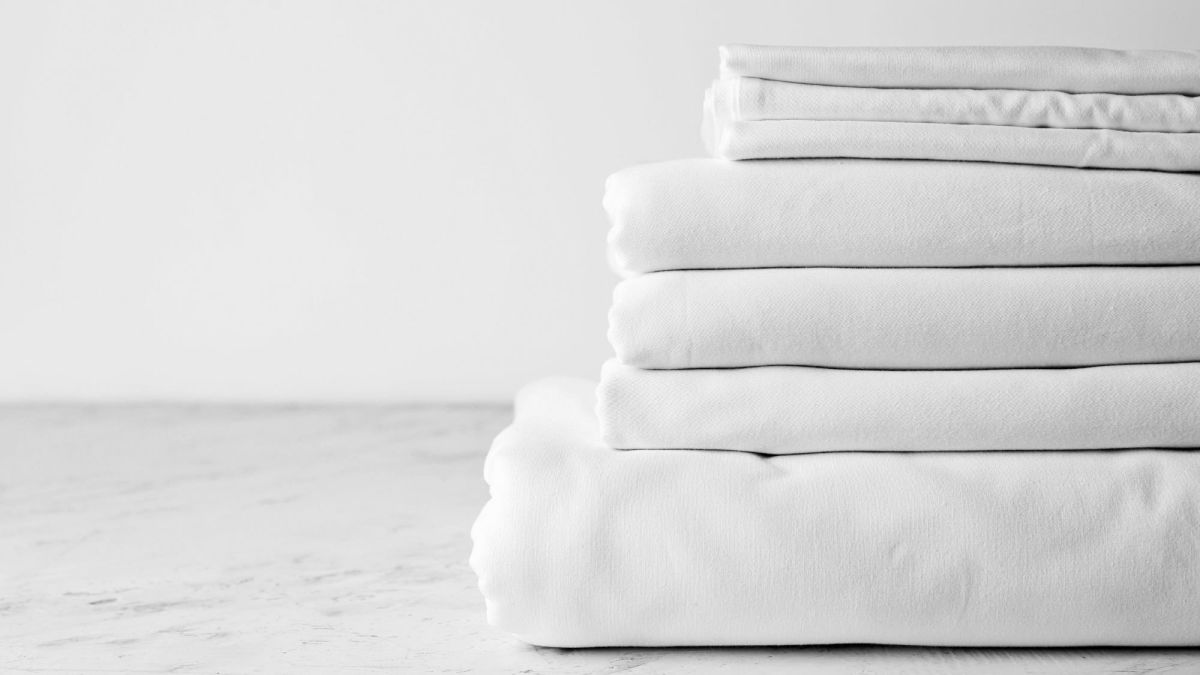Natural Oven Cleaner Review

Oven Cleaners
Cleaning the oven in your home is not a fun job. Typical oven cleaners recommend spraying the product on a warm to hot oven. As soon as the spray hits the elements and oven surface, the steam rolls out of the oven cavity and into your respiratory system. According to the US Environmental Protection Agency, the basic ingredient in the majority of oven cleaners is lye. It is typically listed as sodium hydroxide or potassium hydroxide on the can.
Oven cleaners list a host of protective gear just to spray the oven and prepare it for cleaning. Donning yourself in aprons, goggles and gloves to hold your breath to avoid fumes is never a safe way to clean anything. Avoiding the use of these hazardous sprays is the best option.
There are sprays without lye and while they are safer, they still list several safety procedures to follow before cleaning your oven. To break through the grease and baked on food drippings in an oven requires a powerful cleaner and this can lead to the use of dangerous products.
Being a writer, I am required to do plenty of research during the week. Through this research, I found a recipe for an all natural oven cleaner that requires three ingredients that I have available to me at home. The only safety recommendation is that the user wear gloves if they have sensitive skin or if cuts and abrasions are visible. Sounds great to me, but does it work?
Natural Oven Cleaner is Safe Enough to Use Around Pets and Children

Natural Oven Cleaner Safe for Children and Pets
The chemicals found in oven cleaners can cause respiratory problems in both humans and pets. Pet birds are especially prone to health issues around chemical-laden products. The safe alternative for any home is the use of natural products.
I've seen the recipe for cleaning my oven before, but have shrugged it off as another natural cleaner that probably doesn't do the job well or is one that has to be left on the surface for a long period of time to get it to work. My experience in the past has been to pick your battles with dirt and grime when using the all natural items, leaving some spots behind that simply will not come off unless you break out the chemicals. I went into this experiment believing just that.
The use of baking soda and vinegar in my home is typical, along with a handheld steam cleaning system from Shark. I have animals and can't take the chance of too many chemicals in the home. Oven cleaning is one area I definitely need something to clean yet keep my house free of the fumes.

Instructions for Natural Oven Cleaning
- Pour 1/2 cup of baking soda into a bowl.
- Add 1/4 cup water.
- Pour 1/2 cup of white vinegar into the bowl and mix well.
- The mixture may bubble. This is a normal reaction between baking soda and vinegar. The water will keep the foaming action to a minimum. Always add the water before adding the baking soda.
- Stir the mixture well. Add water if necessary.
- With a sponge, apply the mixture to oven surfaces. Allow the cleaner to sit on the oven for a few moments.
- Fill a bowl or bucket with clean water. Dip the sponge into the water and wipe the oven clean. Wipe the oven surfaces until they are free and clear of any residue.
- Remove any caked-on debris that may be left over with a pumice stone.
- Rinse the oven one more time and wipe with a dry towel.
- Sit down, relax and have a cup of coffee in your fume-free home.





Job Done Well
Cleaning my oven with the use of vinegar, water and baking soda was a breeze. I was actually shocked to see how much of the greasy, caked-on debris came off with the use of the cleaner. There were absolutely no fumes and my hands were soft after the experiment was complete.
I did use the pumice stone on a couple of spots where the baking soda and vinegar mixture didn't remove all of the greasy mess, however, I do believe a reapplication of the solution might have completed the task without using a pumice stone.
The use of a thicker sponge or a green scrub pad might have helped in removing more of the dirt, but I keep a thinner sponge in my home to help clean up in the kitchen.
After the experiment was over, I would highly recommend the use of baking soda and vinegar as an oven cleaner in any home. Keeping up with oven spills and splatters help ease the difficulty of the oven cleaning task, but I have yet to meet anyone who cleans their oven quite so often.
I would give the natural oven cleaning solution a thumbs up for ease of use, cleaning capability and the lack of fumes or chemicals in the home.

Update
I decided to clean the oven again, this time using the combination of vinegar, baking soda and a couple of drops of dish detergent. The addition of dish detergent was suggested by a friend and it made sense as it would help remove the grease. I have to report that the combination cut through some nasty baked on stuff in my oven.
Taking the sponge, I covered the bottom of the oven with the mixture. Letting it sit for about 10 minutes allowed the foam to infiltrate the hard mass of baked on food and grease. The combination of ingredients did remove the soil and now the bottom of the oven is sparkling clean too! No fumes. No spray that had to sit for hours and no preheating of the oven makes this a perfect solution to safely cleaning my oven. I will definitely use this any time I clean in the future.
© 2015 Vicki Macrae

